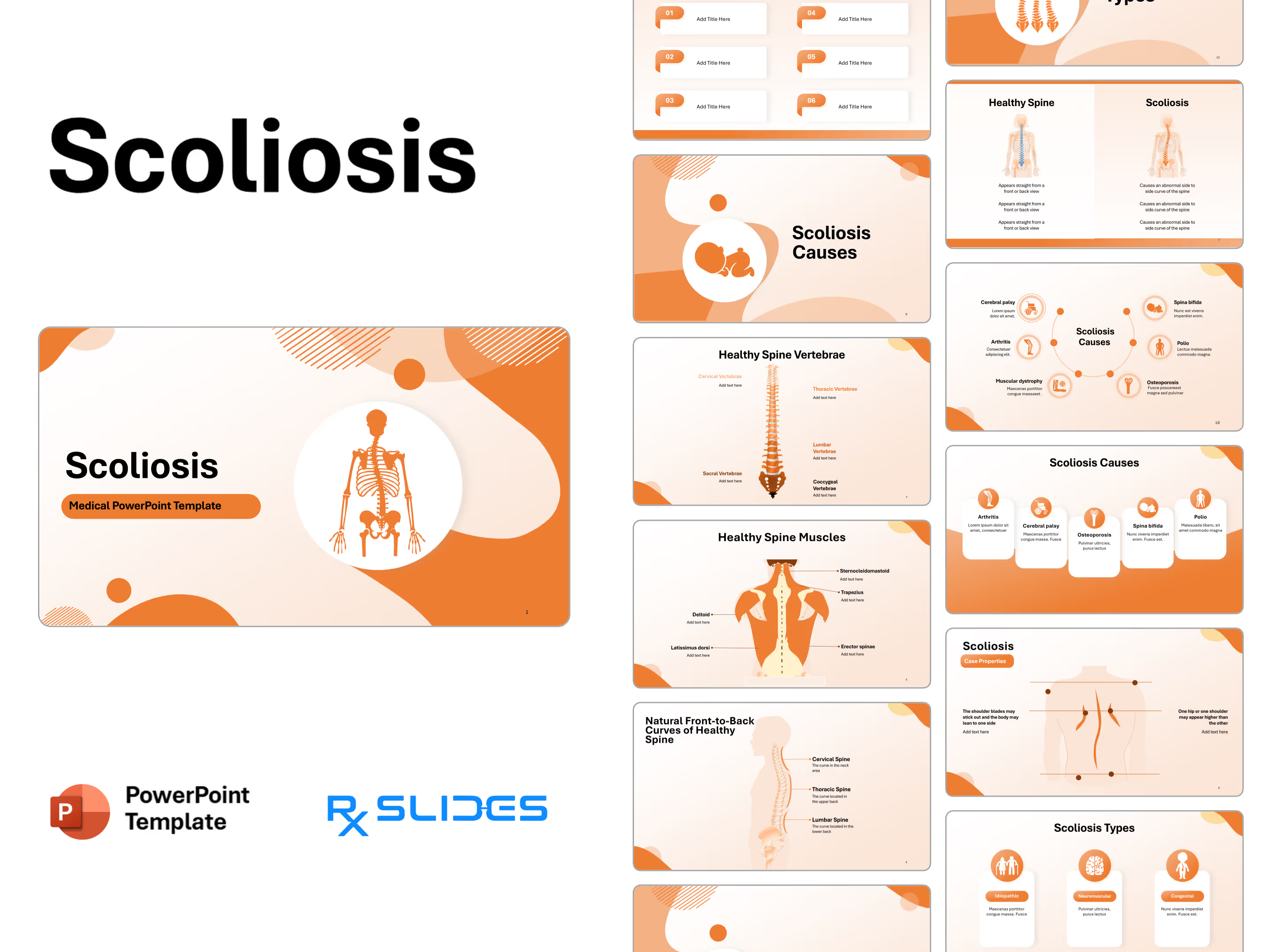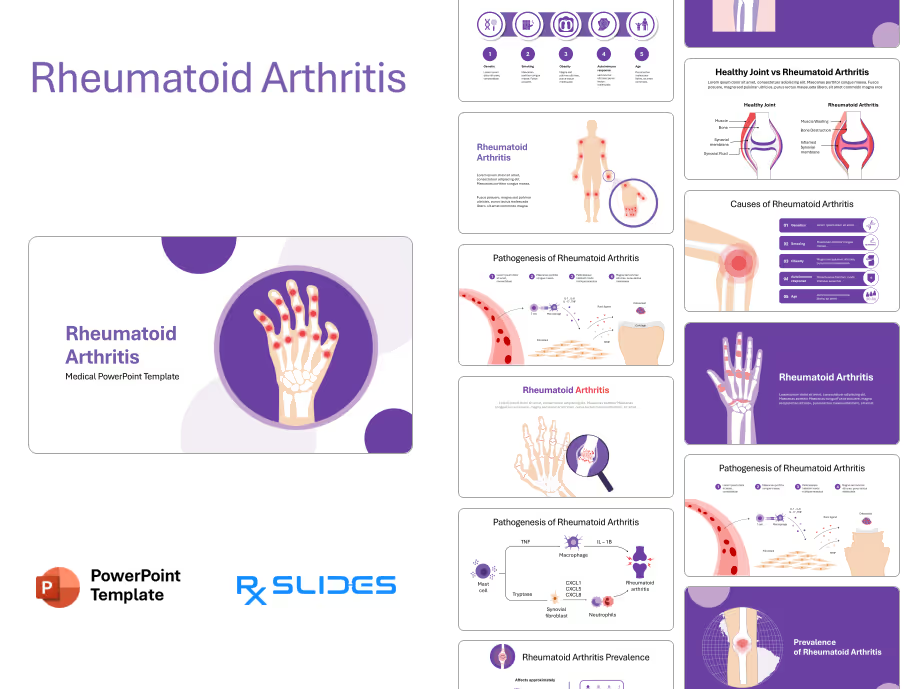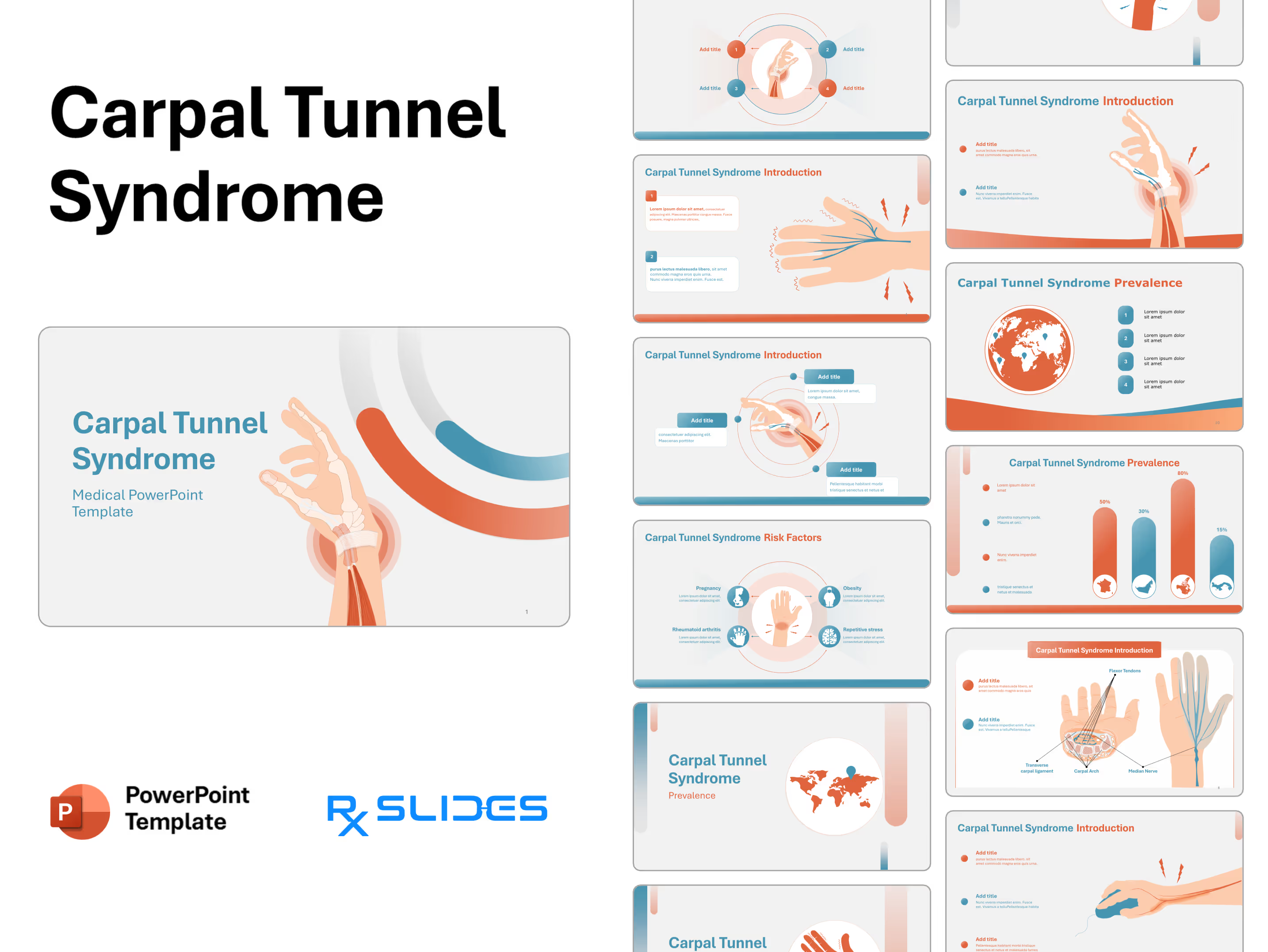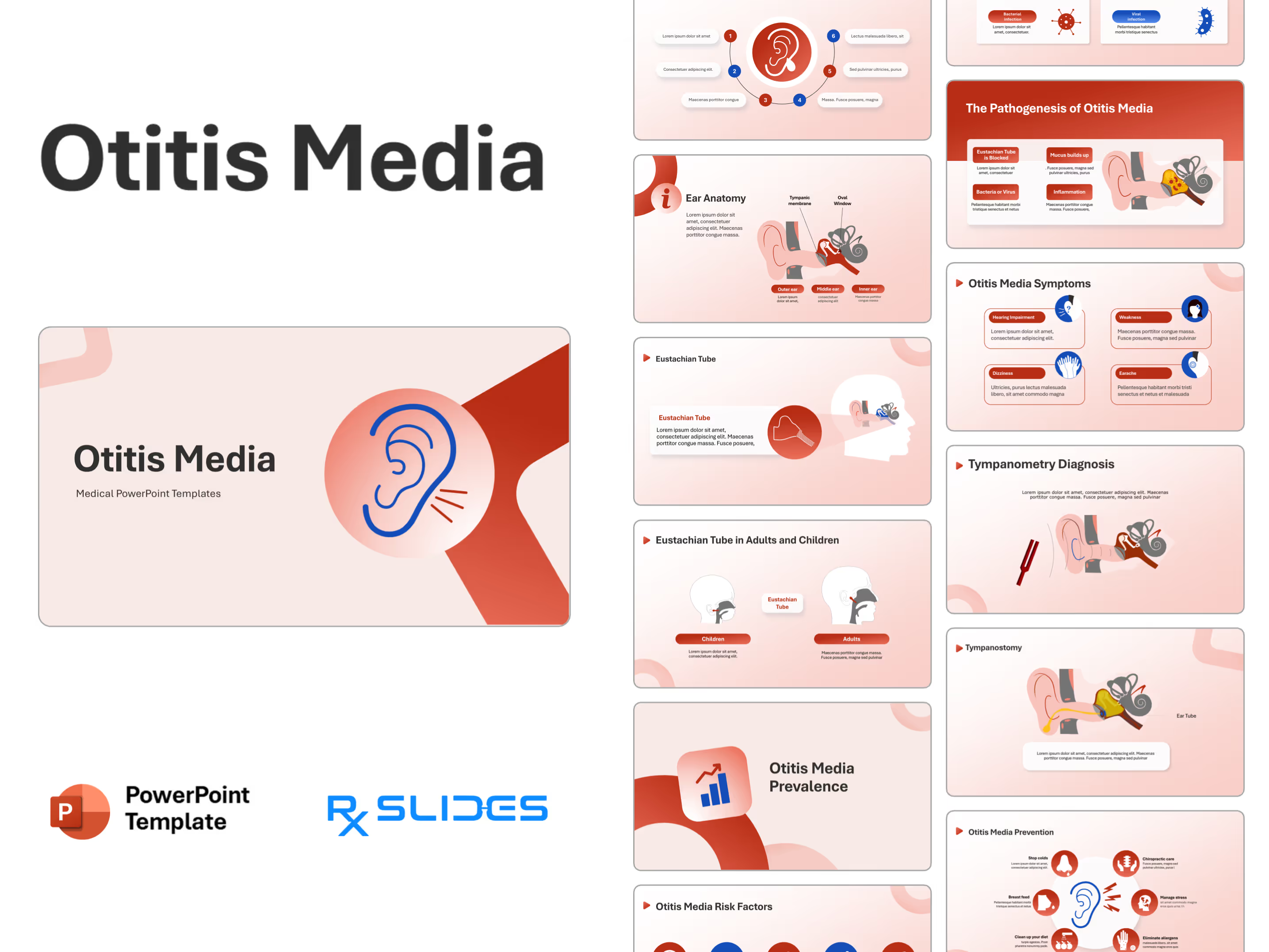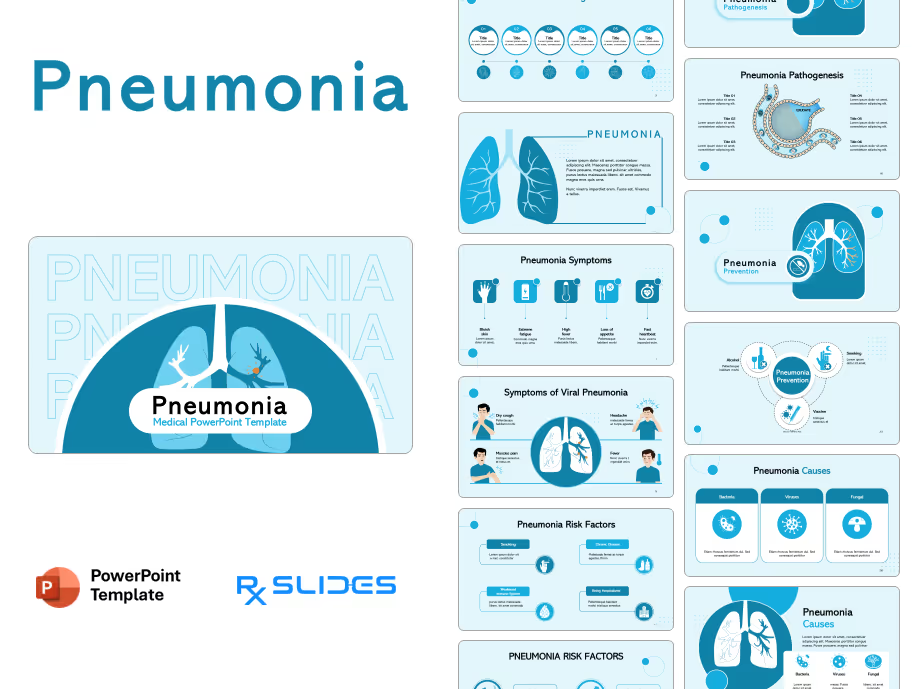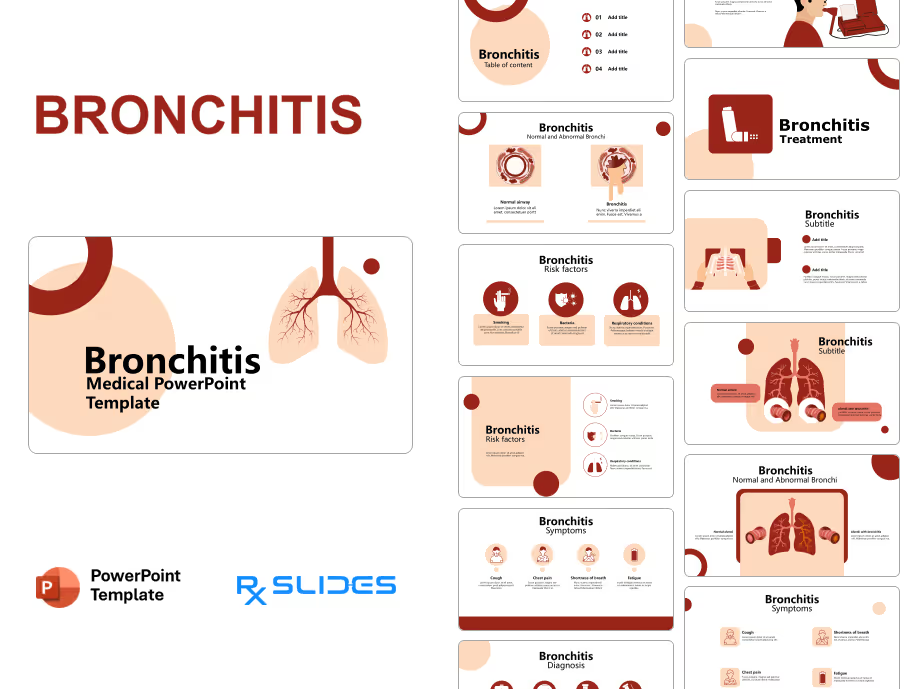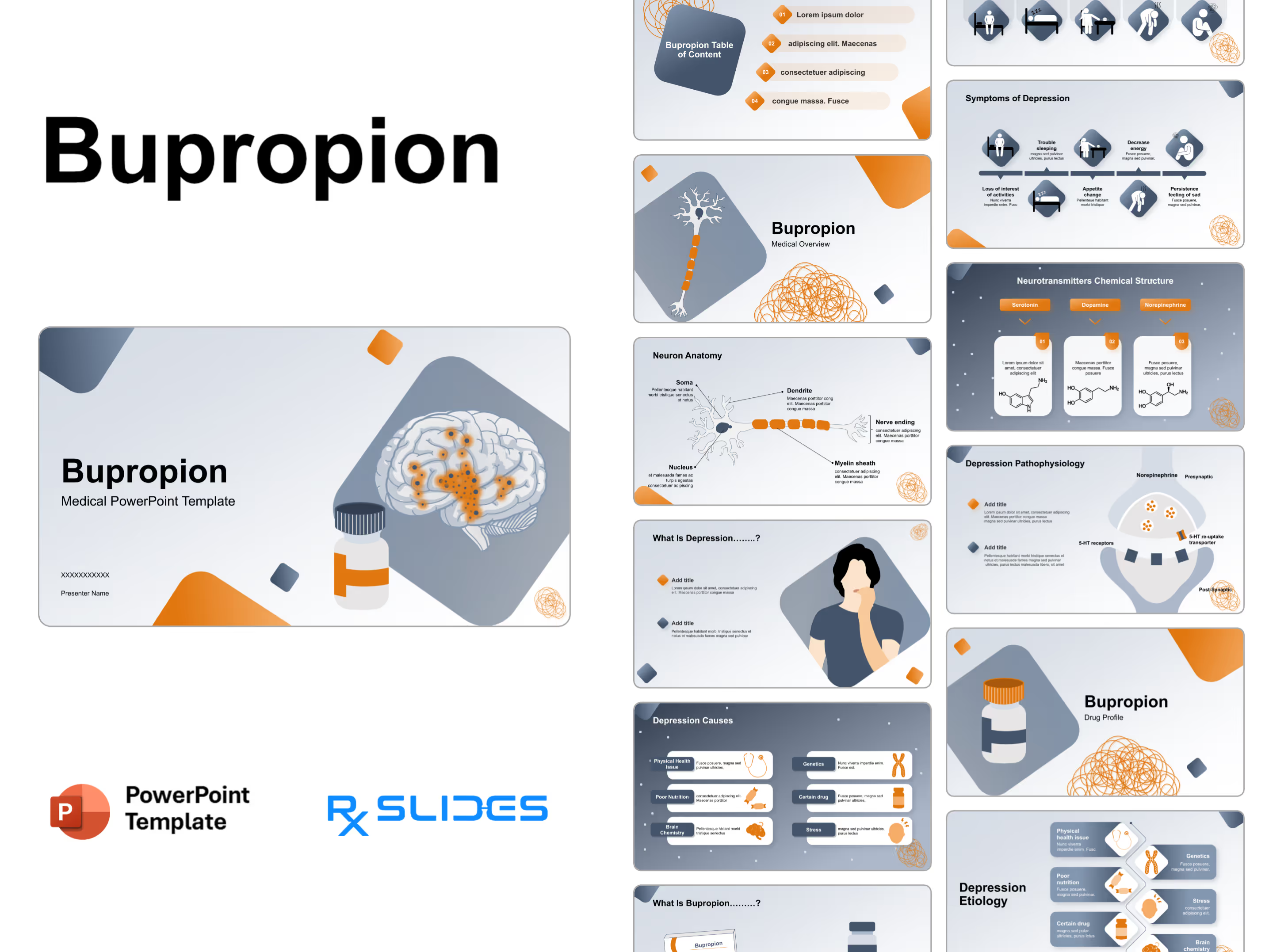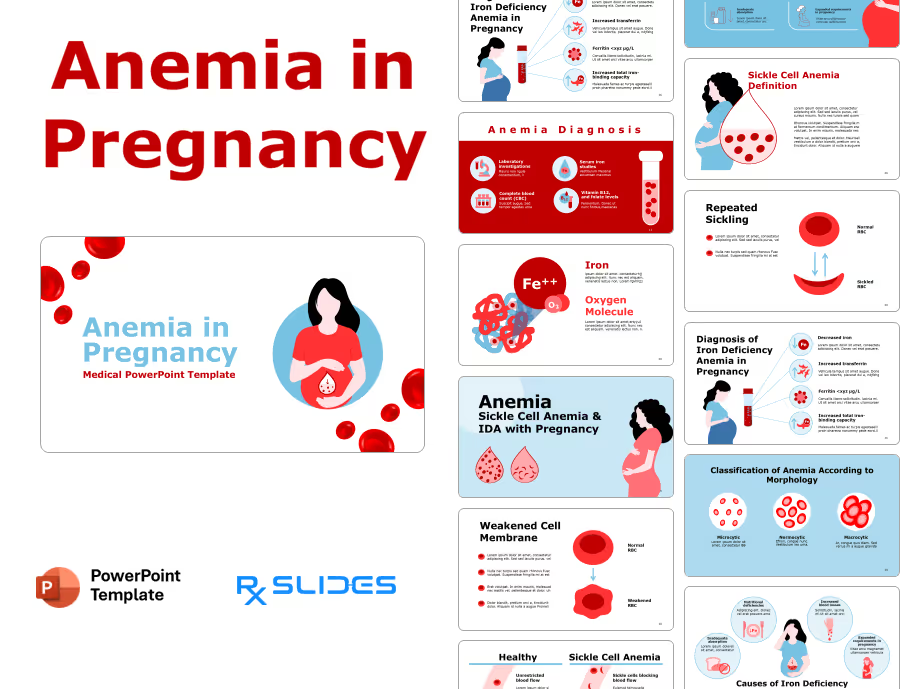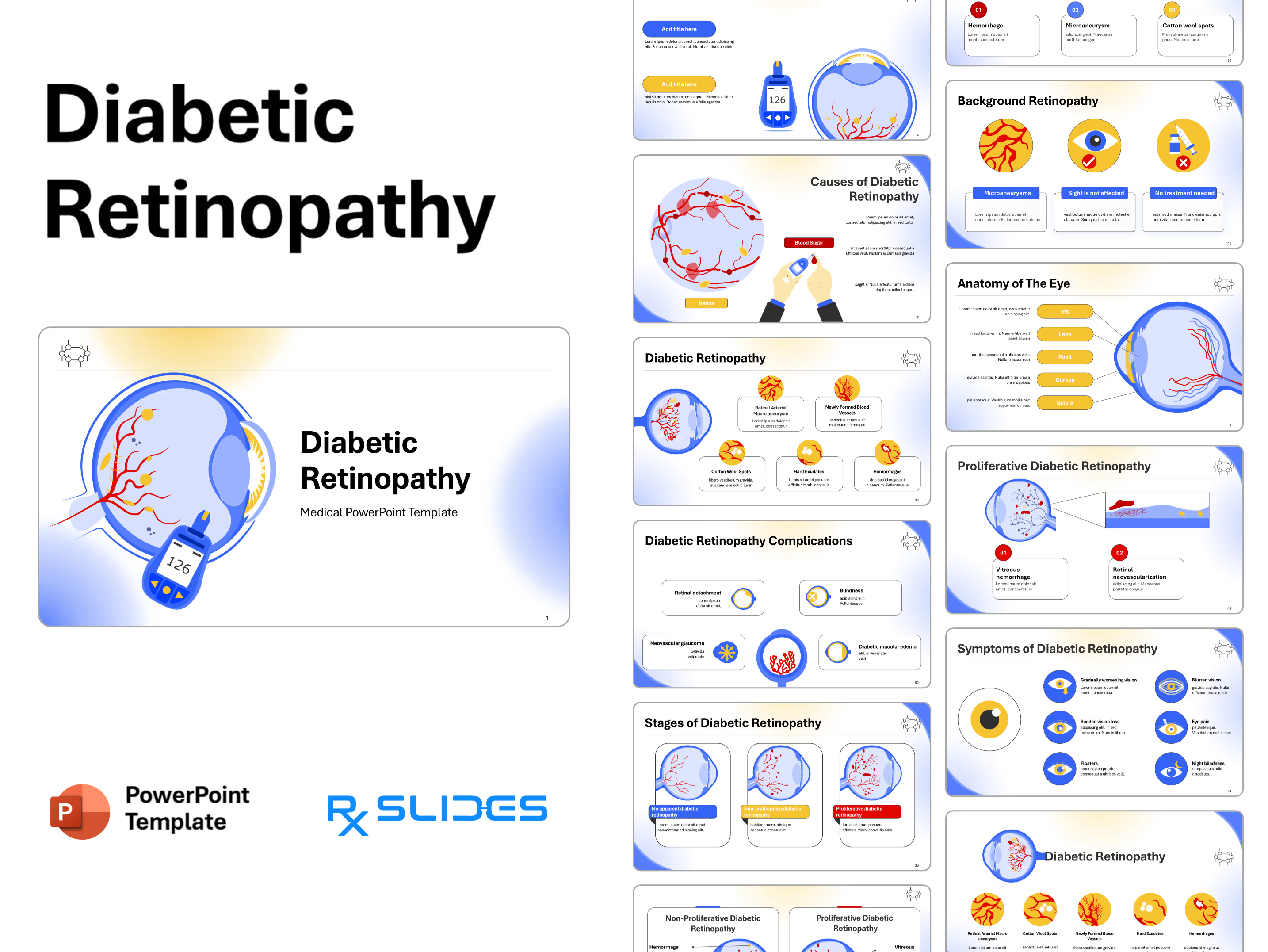Osteoarthritis PowerPoint Template

Osteoarthritis: Medical PowerPoint Template
- The Osteoarthritis PPT template is an animated medical PowerPoint presentation that will help you understand the full potential of your presentation.
- The RxSlides animated template includes medical animations and infographics, which will attract your audience.
- You can rely on our demonstrated infographics to give your audience a dynamic and attractive osteoarthritis presentation.
- You can explore our Musculoskeletal Disorders PowerPoint Presentation category and get high-quality Bone Templates with informative content and impressive animations.
Osteoarthritis PowerPoint Template Content
- Creative cover slides to begin your osteoarthritis PPT presentation with.
%2520.avif)
- Table of contents slides will help you elucidate the contents of your osteoarthritis PPT presentation.
.avif)
Osteoarthritis definition
- Osteoarthritis (OA) is the most common form of arthritis. It is described as degenerative joint disease or “wear and tear” arthritis. It occurs most frequently in the hands, hips and knees.
- In OA, the cartilage within a joint begins to break down and the underlying bone begins to change.
%2520.avif)
Anatomy of the cartilage
- The anatomy of the cartilage and joint is illustrated with animated slides explaining the cartilage cell components of synovial fluids.
- A comparative illustration shows the difference between healthy and osteoarthritic joints.
%2520.avif)
Osteoarthritis causes
- Causes are illustrated with visuals, including significant physical activity, obesity, flat feet and genetics.
%2520.avif)
Osteoarthritis risk factors
- Risk factors, including diabetes, age, family history, stress on joints and joint injuries, are explained with visuals.
%2520.avif)
Stages of Osteoarthritis
- Four stages are illustrated in comparative form, showing the degeneration of the joint with OA disease progression:
- Level 1: Early arthritis
- Level 2: moderate arthritis
- Level 3: Advanced Arthritis
- Level 4: The surgical stage
- You can add your description for each stage according to your Osteoarthritis PPT presentation content.
.avif)
The normal cartilage repair process
- The normal cartilage repair process is illustrated with animation slides, which will help clarify the cartilage repair mechanism.
%2520.avif)
Osteoarthritis pathogenesis
- An animated illustration explains the pathophysiology of OA, explaining that articular cartilage damage leads to the stimulation of chondrocytes to start trying to repair the cartilage.
- They initially start making less of the proteoglycans and more Type II collagen but soon switch to a different type, Type I collagen.
- Unfortunately, type I collagen does not interact with the proteoglycans in the same way and there is an overall decrease in elasticity in the cartilage matrix, allowing it to break down.
- Animation shows that, over the years, chondrocytes are not able to keep up and they become exhausted and can undergo apoptosis or programmed cell death.
- The cartilage gets softer and weaker, continues to lose elasticity and flakes into the synovial space, called joint mice.
- As "type A" cells in the synovium attempt to remove the debris, immune cells like lymphocytes and macrophages are recruited into the synovial membrane, which produces proinflammatory cytokines that ultimately cause synovitis inflammation.
- Also, fibrillations form, these cracks or clefts, on what used to be a smooth articular surface.
- The cartilage continues to erode, loss of articular cartilage until the bone is exposed, allowing it to rub with the other bone, which causes bone edema, making it look like polished ivory.
- Finally, on the edges, bone grows outward, called osteophytes, which makes the joints look wider, something that’s most obvious when seen in the distal and proximal interphalangeal joints, or the finger joints, called Heberden nodes in the distal joint and Bouchard nodes in the proximal.
%2520.avif)
Symptoms of OA
- Signs are explained with visuals of tenderness, joint pain, swelling, bone spurs and grating sensations.
%2520.avif)
Osteoarthritis diagnosis
- Diagnosis is illustrated in OA PowerPoint slides showing insights into the diagnosis of osteoarthritis, including X-rays and physical examination.
%2520.avif)
Osteoarthritis treatment options
- Osteoarthritis treatment options were visualized with animated illustrations explaining treatment with anti-inflammatory drugs and hyaluronic acid.
%2520.avif)
Osteoarthritis and other joint diseases
- Comparative illustrations in Osteoarthritis PPT animated slides explain the difference between osteoarthritis and other joint diseases like rheumatoid arthritis with medical visuals.
%2520.avif)
RxSlides visuals for Osteoarthritis PowerPoint presentation
- A set of PowerPoint icons and illustrations related to osteoarthritis disease will help you customize the content of this 100% modifiable presentation according to your content and audience interest.
%2520.avif)
Features of the Template
- 100% editable PowerPoint template.
- Editable colors, you can change according to your presentation style and company branding guidelines.




